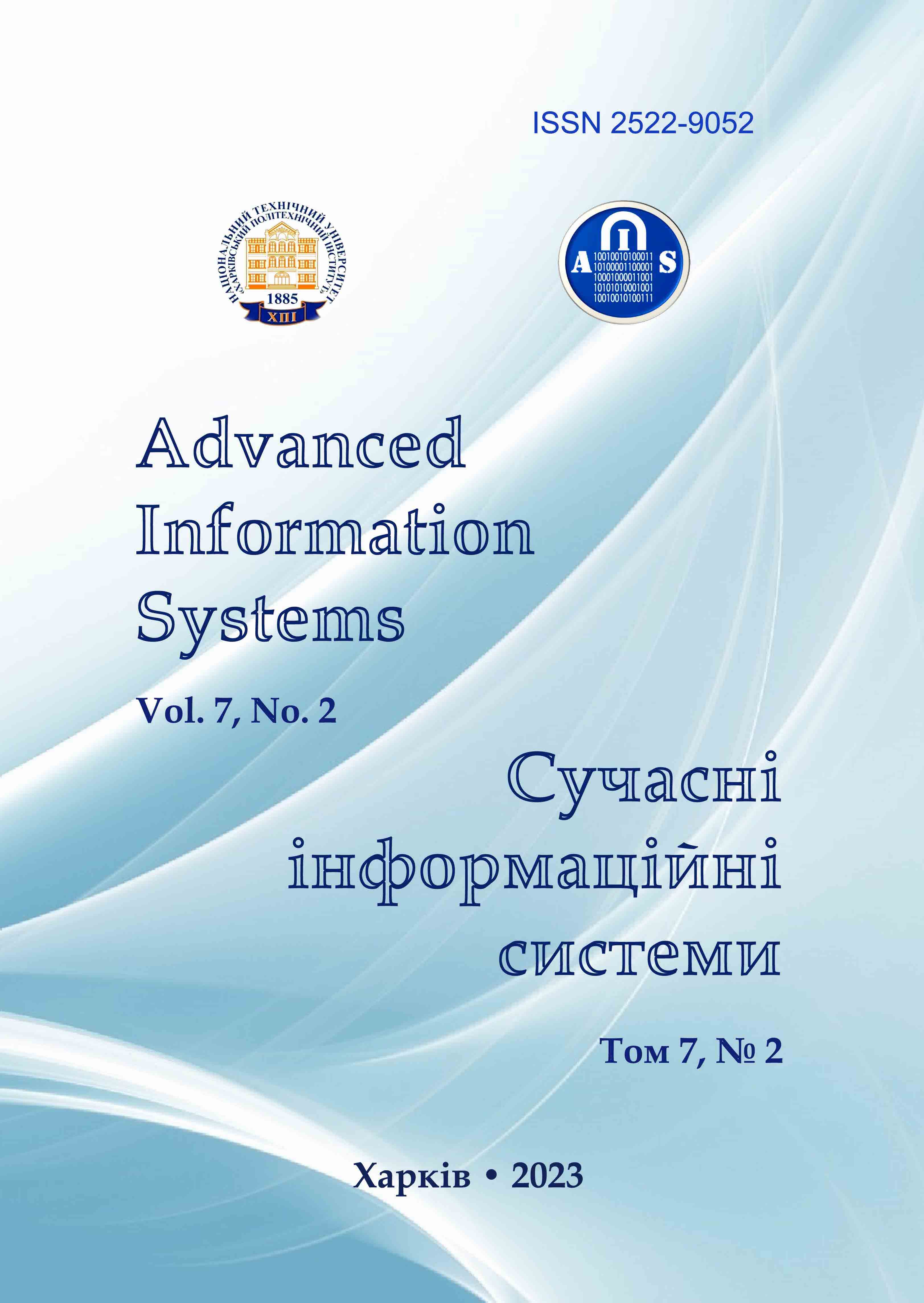MOTION CAPTURE WITH MEMS SENSORS
Main Article Content
Abstract
The object of this article is the registration and analysis of human movements based on sensors. This paper presents a comparison of the basic methods of data processing from inertial micromechanical sensors to collect data a device was implemented that captures movements. As result the device uses the motion data from accelerometer and gyroscope to calculate the motion trajectory: the angle of rotation and acceleration. The data is read by the microcontroller, after which it is filtered and processed by one of the filters (Complementary, Kalman), and finally transferred to a computer for further analysis and display. The purpose of the article is to compare several methods of data processing from microelectromechanical. The results obtained: device was developed, obtained data that can be used to characterize the methods and analyze their work in the system. Conclusions: In the course of the study, a device was developed for collecting and processing data from MEMS sensors, which showed the effectiveness of the complementary filter in comparison with the Kalman filter in real-time systems with limited computing power. Real results confirmed that the results of the complementary method using less computational resources are not far behind the more costly Kalman filter without the use of auxiliary sensors, like a digital compass.
Article Details
References
Xu, J.Y., Nan, X., Ebken, V., Wang, Y., Pottie, G.J. and Kaiser, W.J. (2015), “Integrated inertial sensors and mobile computing for real-time cycling performance guidance via pedaling profile classification”, IEEE journal of biomedical and health informatics, Vol. 19(2), pp. 440–445, doi: https://doi.org/10.1109/JBHI.2014.2322871.
Chan, Y.J. and Huanga, J.-W. (2015), “Multiple-point vibration testing with micro-electromechanical accelerometers and micro-controller unit”, Mechatronics, Vol. 44, pp. 84-93, doi: https://doi.org/10.1016/j.mechatronics.2017.04.006.
Shao X. and Si, H. (2022), “Low-frequency learning quantized control for MEMS gyroscopes accounting for full-state constraints”, Engineering Appl. of Artificial Intelligence, 2022. No. 115, doi: https://doi.org/10.1016/j.engappai.2022.104724.
Parag, N., Shashi, P. and Rahee, W. (2015), “Cascaded Complementary Filter Architecture for Sensor Fusion in Attitude Estimation”, Modern. technol. Honey, No. 21, doi: https://doi.org/10.3390/s21061937.
HanSung, K., Jeong, Y.P. and Chungkuk, J. (2023), “Real-time inverse estimation of multi-directional random waves from vessel-motion sensors using Kalman filter”, Ocean Engineering, No. 280. doi: https://doi.org/10.1016/j.oceaneng.2023.114501.
Strid, I. and, Walentin, K. (2009), “Block Kalman Filtering for Large-Scale DSGE Models, Computational Economics, Springe), available at: http://archive.riksbank.se/Upload/Dokument_riksbank/Kat_publicerat/WorkingPapers/2008/wp224ny.pdf.
Sharma, M., Srivastava, R., Anand A., Prakash, D. and Kaligounder, L. (2017), “Wearable motion sensor based phasic analysis of tennis serve for performance feedback”, Acoustics, Speech and Signal Processing (ICASSP), 2017 IEEE International Conference, pp. 5945-5949, doi: https://10.1109/ICASSP.2017.7953297.
Niźnikowski, T., Sadowski, J. and Starosta, W. (2016), “Coordination Abilities in Physical Education, Sports and Rehabilitation, Jozef Piłsudski University of Physical Education, Warsaw. Faculty of Ph. and Sport, 2016. 323 p., available at: https://www.researchgate.net/publication/304581438coordination_abilities_in_physical_education_sports_and_rehabilitation.
Chakravorti, N., Le Sage, T. and Slawson, S. E. (2013), “Design and implementation of an integrated performance monitoring tool for swimming to extract stroke information at real time”, IEEE Transactions on Human-Machine Systems, Vol. 43(2), pp. 199–213, doi: https://10.1109/TSMC.2012.2235428.
